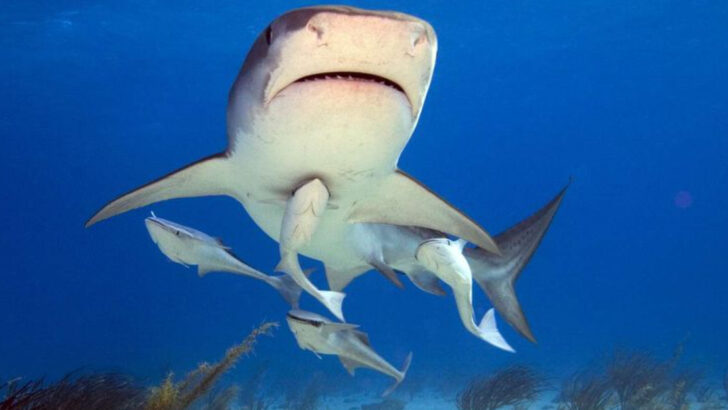The ocean is home to some of the most intriguing and unique creatures, one of which is the remora fish.
Known for its distinctive behavior and evolutionary adaptations, the remora has captured the attention of marine biologists and ocean enthusiasts alike.
This fascinating fish is not only unique in its appearance but also in its ecological relationships and survival strategies.
Here are ten reasons why the remora fish stands out as one of the ocean’s most unique inhabitants.
Suction Disc Adaptation
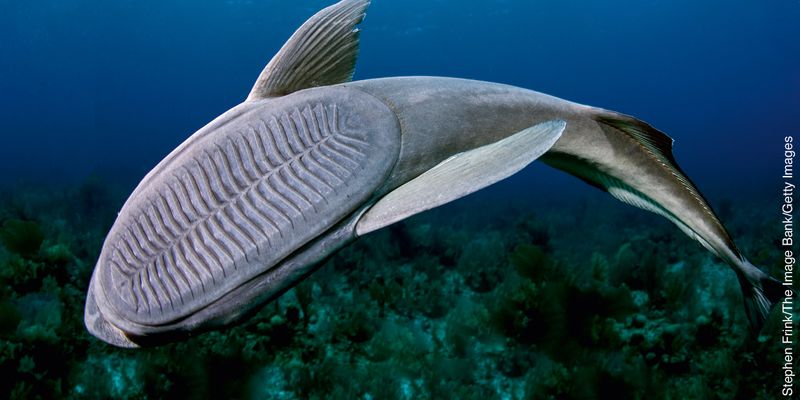
With a specialized suction disc on its head, the remora fish can attach itself to larger marine animals like sharks and turtles. This adaptation is not only fascinating but also an efficient way to hitch a ride across the ocean.
This unique feature allows the remora to save energy while traveling. Evolution has shaped this adaptation perfectly, making the remora a master of oceanic hitchhiking. The suction disc’s ability to adhere strongly to moving surfaces is a marvel of nature. Through this extraordinary adaptation, remoras have carved out a niche that few other species can claim.
Mutualistic Relationship
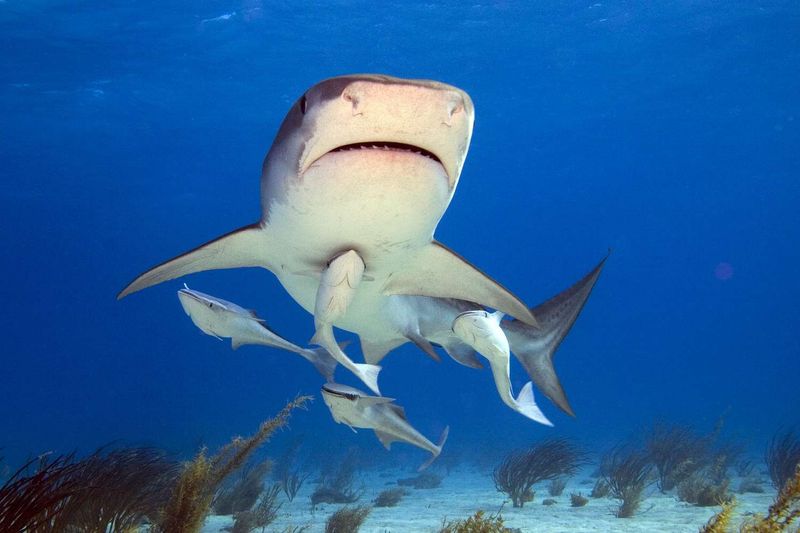
The remora fish is famous for its mutualistic relationship with larger marine animals. By attaching to sharks, whales, or sea turtles, remoras clean the skin of these hosts by consuming parasites and dead skin.
This cleaning service benefits both parties, as the host gains hygiene maintenance while the remora gets nourishment. This symbiotic relationship is a shining example of cooperation in nature. The remora’s role as an oceanic cleaner ensures its survival and highlights the interconnectedness of marine ecosystems. Such partnerships emphasize the importance of balance within the ocean’s vast community.
Efficient Traveler
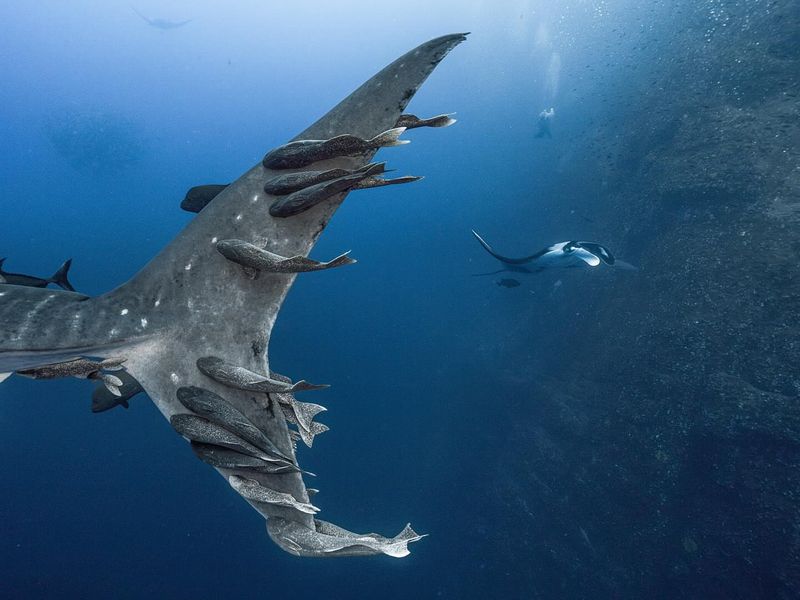
Through their hitchhiking ability, remoras can travel vast distances without expending much energy. By attaching to fast-swimming hosts like dolphins, they can cover hundreds of miles across the ocean.
This efficient travel strategy allows remoras to explore diverse habitats and access various food sources. Their energy-saving travel method showcases their remarkable adaptability. The ability to traverse the ocean with minimal effort is a testament to nature’s ingenuity, allowing remoras to thrive in ever-changing environments. This unique lifestyle ensures that the remora remains a resilient and adaptable ocean traveler.
Unique Feeding Strategy
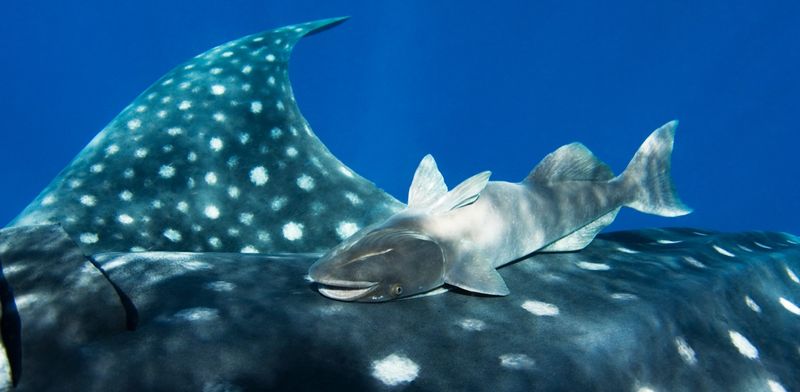
Remoras have developed a unique feeding strategy by consuming scraps of food left by their hosts. This opportunistic diet ensures they have access to nutrition without competing directly with their hosts.
By feeding on leftovers, remoras maintain a low profile and avoid conflict, cementing their role as subtle survivors of the ocean. This feeding strategy highlights their resourcefulness and adaptability in finding food. The remora’s ability to capitalize on available resources demonstrates a unique survival mechanism that sets them apart. Their dietary habits showcase an extraordinary balance between dependence and independence.
Camouflage Capability
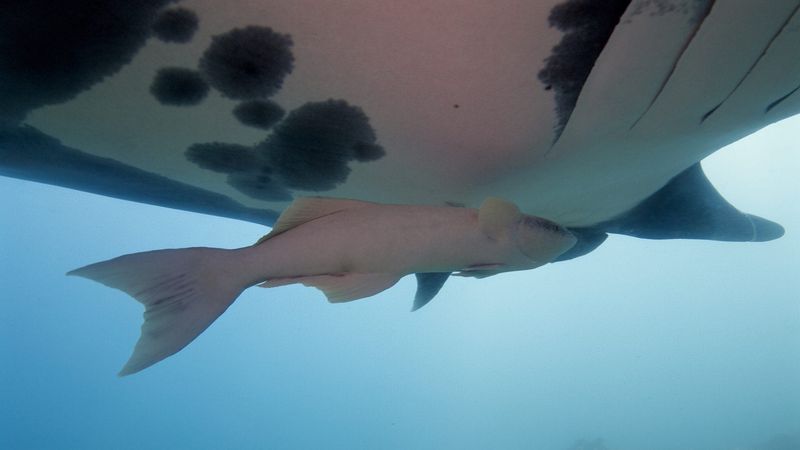
With their dark, elongated bodies, remoras have the ability to blend into their surroundings, providing them with camouflage against predators. This natural disguise is crucial for their survival in the wild.
Camouflage allows remoras to remain inconspicuous while attached to hosts or resting on the ocean floor. This ability to hide in plain sight underscores their survival instincts and adaptation to diverse environments. The art of camouflaging is a vital skill, ensuring the remora’s safety amidst oceanic threats. Their seamless blending reflects the remora’s mastery of survival tactics in an unpredictable world.
Remarkable Adaptability
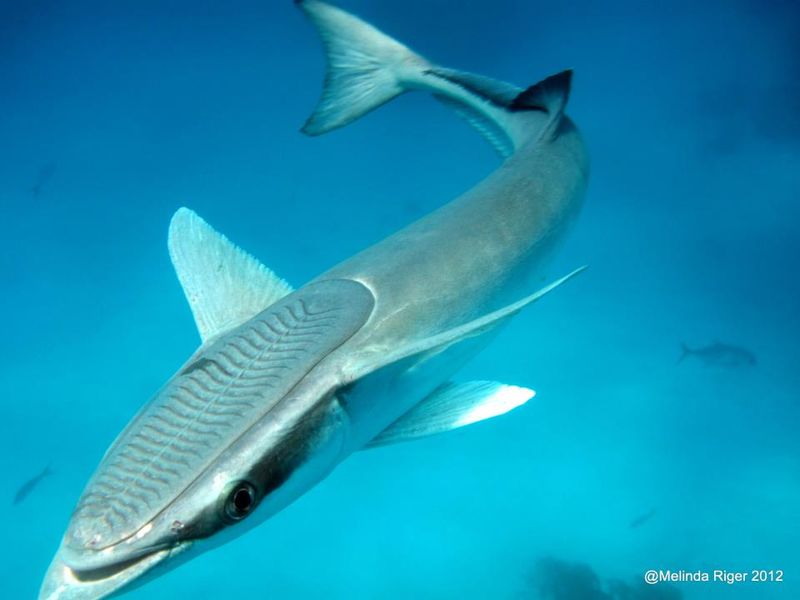
Remoras exhibit incredible adaptability by attaching to a variety of hosts, from sharks to sea turtles. This versatility ensures their survival across different marine environments.
By adapting to different hosts, remoras demonstrate their flexibility and resourcefulness. This adaptability is key to their success in diverse oceanic conditions. The ability to form partnerships with various marine animals highlights their evolutionary success. Remoras’ adaptability is a shining example of nature’s resilience, allowing them to thrive in the ocean’s ever-changing landscape. This trait ensures their continued presence in marine ecosystems worldwide.
Intriguing Evolutionary History
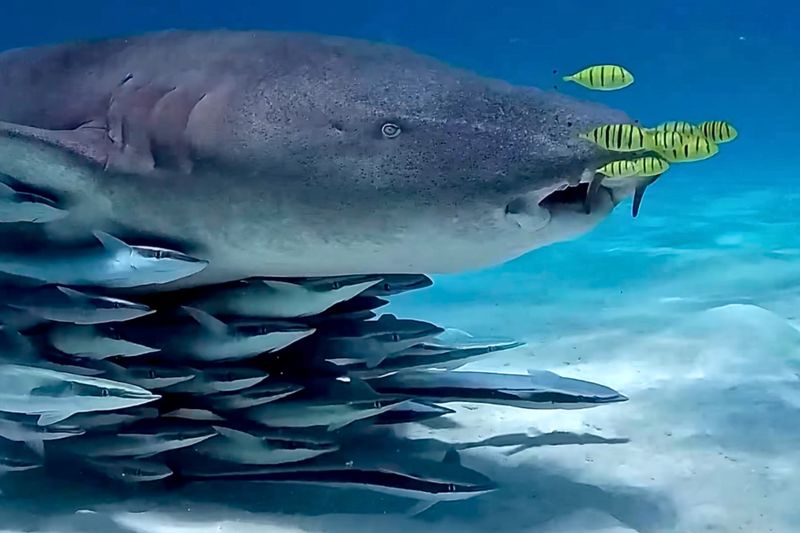
The evolutionary history of the remora fish is as fascinating as its current adaptations. Fossil evidence suggests that remoras have been perfecting their hitchhiking technique for millions of years.
Their unique adaptations have evolved over time, showcasing nature’s ability to innovate and refine. Understanding the remora’s evolutionary journey provides insight into the complexities of marine life. This ancient lineage highlights the enduring success of remoras in the ocean ecosystem. Their evolutionary history is a testament to their resilience and ability to thrive across geological epochs, making them a true wonder of the ocean.
Striking Appearance
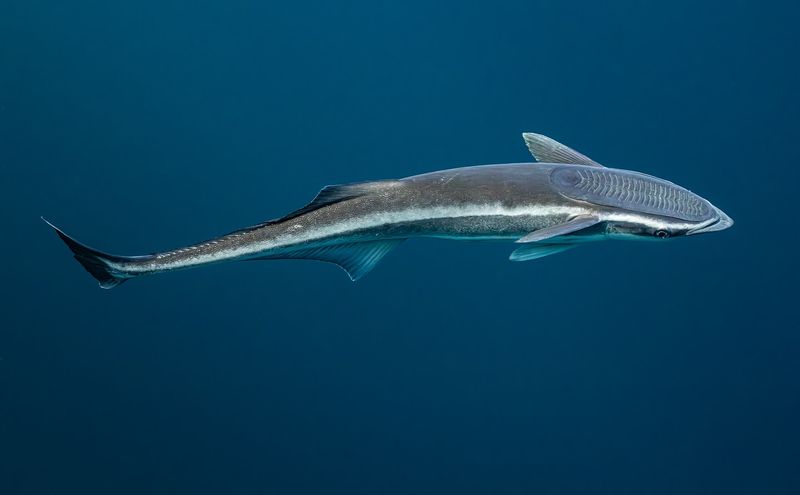
The remora fish is renowned for its striking appearance, particularly its unique sucker disc. This specialized structure is not only functional but also gives the remora a distinctive look among marine creatures.
The sucker disc is a defining feature that sets remoras apart, making them easily recognizable. Their elongated bodies and dark coloration further enhance their unique appearance. This striking look is both practical and symbolic of the remora’s role in the ocean. The physical attributes of the remora underscore its specialization and evolutionary adaptation, making it a standout species in the marine world.
Ecological Impact
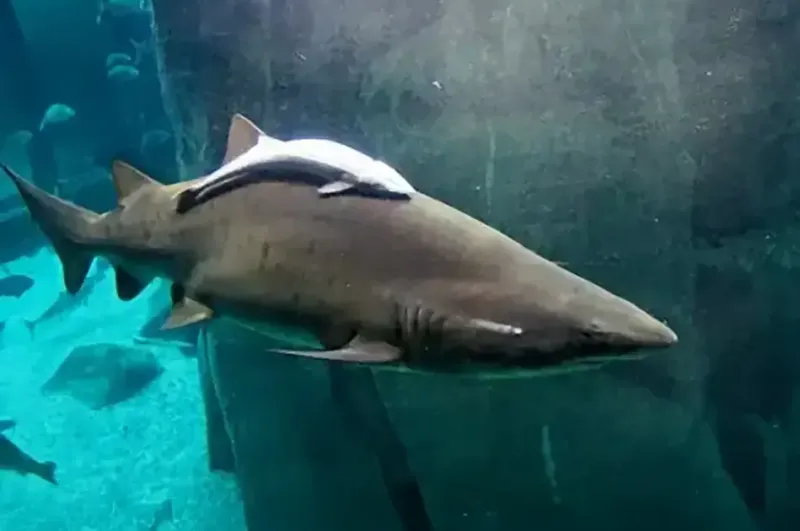
Remoras play a significant ecological role by influencing the behavior and health of their host animals. By cleaning parasites, they contribute to the well-being of marine species, impacting overall ocean health.
Their presence can affect the movement and behavior of hosts, leading to changes in marine dynamics. This ecological impact underscores the interconnectedness of ocean life. Remoras are more than just hitchhikers; they are integral players in the marine ecosystem. Their influence on host species and ocean health highlights their importance in maintaining ecological balance.
Cultural Significance
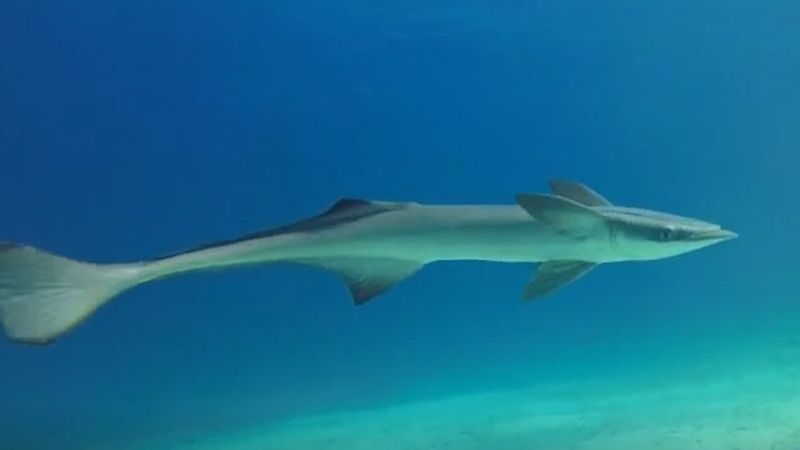
Throughout history, the remora fish has held cultural significance in various maritime societies. Often seen as symbols of resilience, they have inspired myths and legends across cultures.
In some traditions, remoras were believed to have mystical powers, influencing navigation and the sea’s temperament. This cultural significance adds an intriguing layer to their identity. Their symbolic presence in folklore reflects their enduring impact on human imagination. The remora’s influence extends beyond biology, permeating cultural narratives and enriching human understanding of the ocean’s mysteries.

